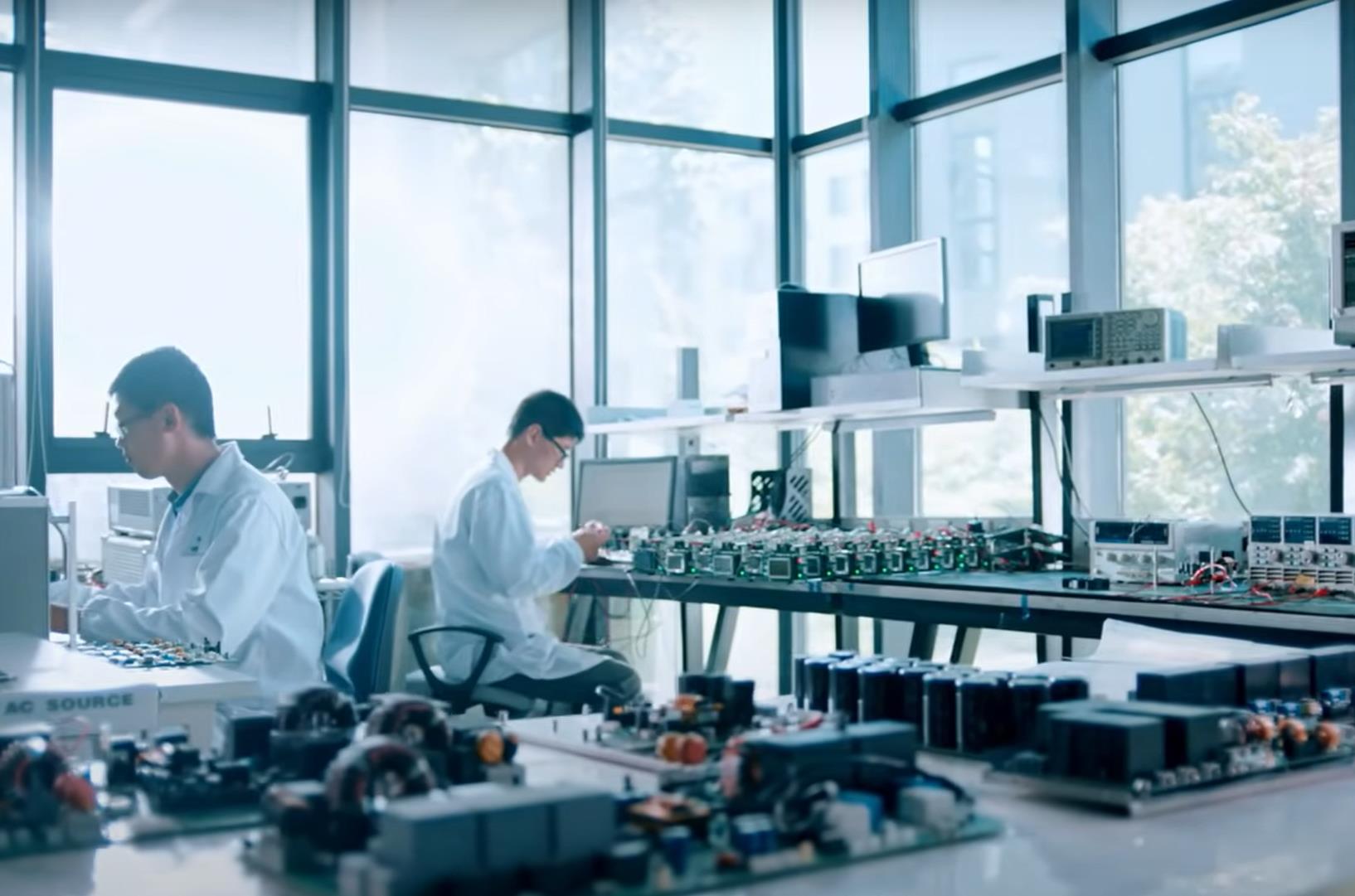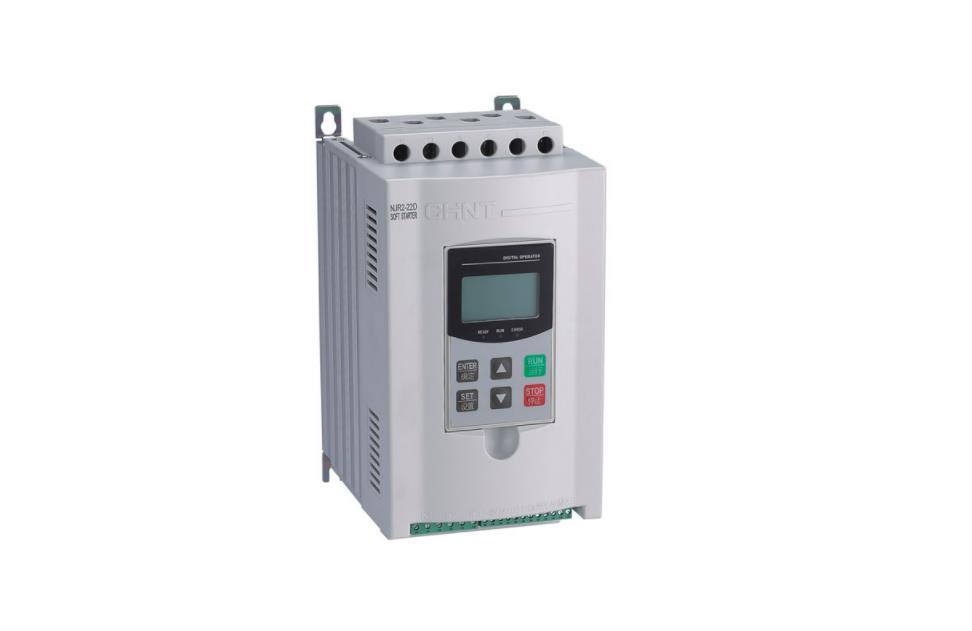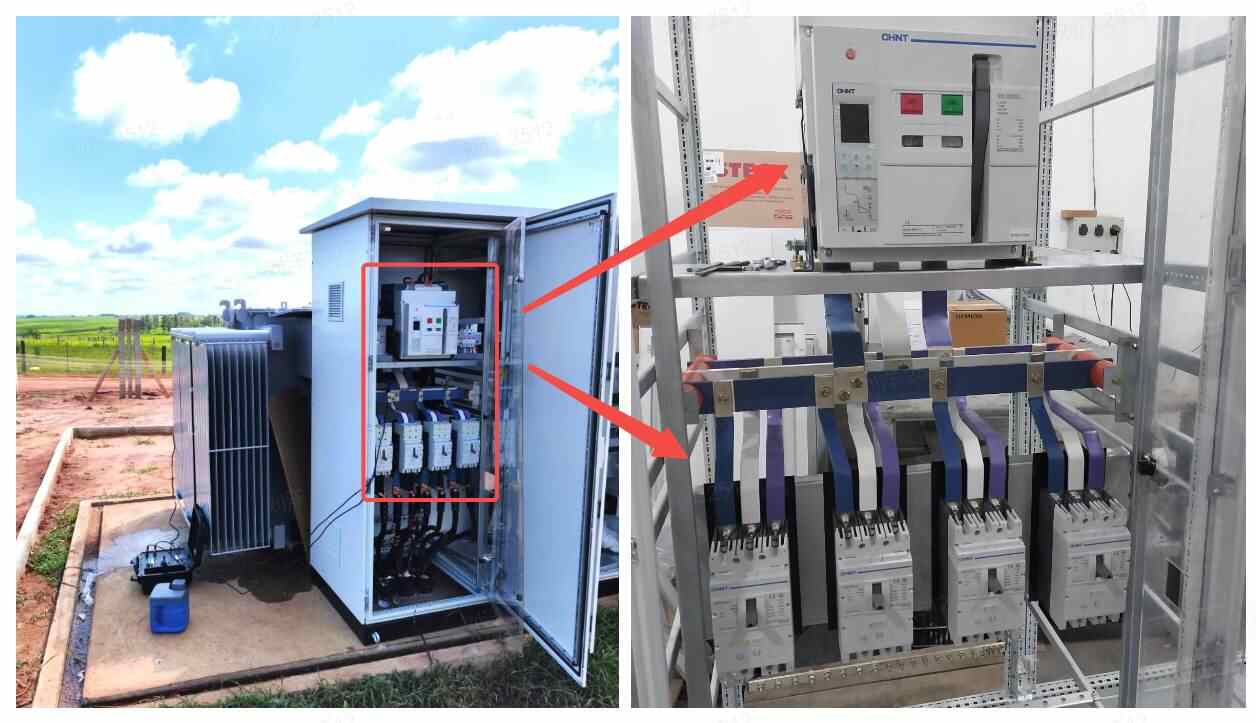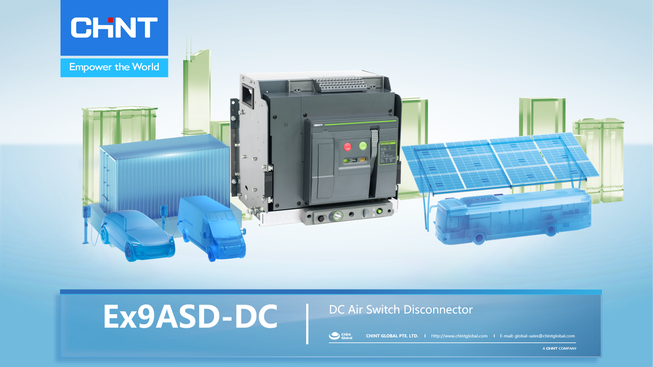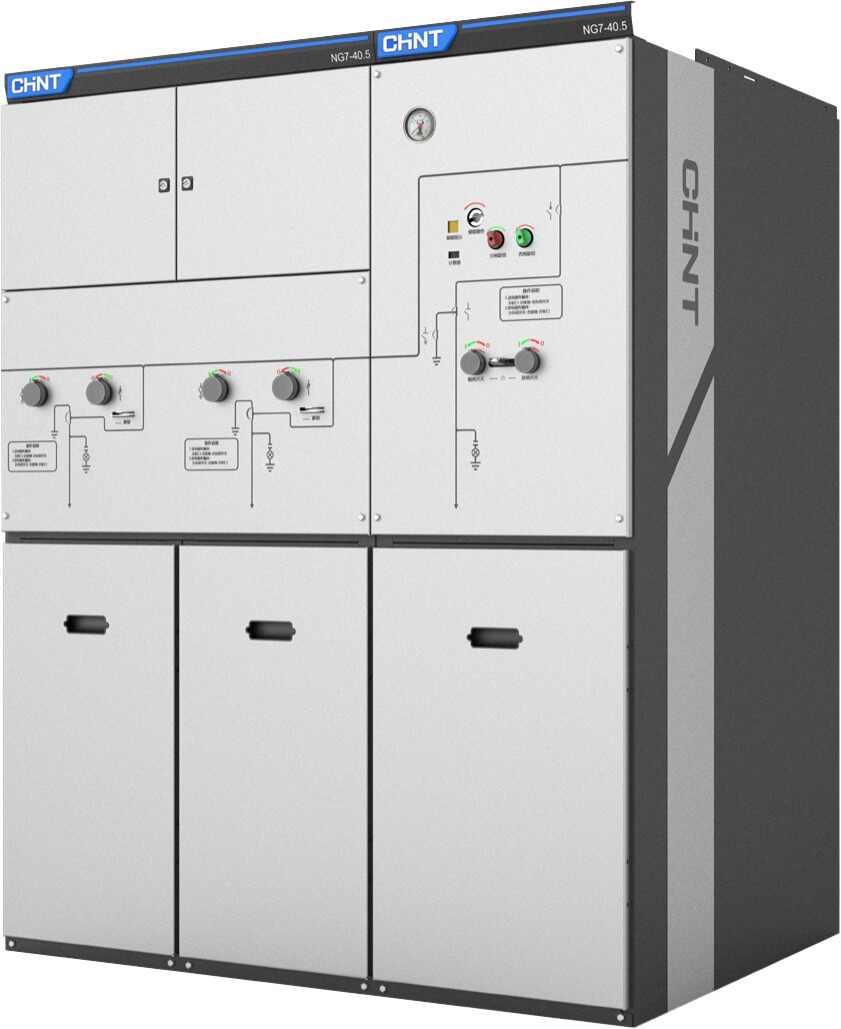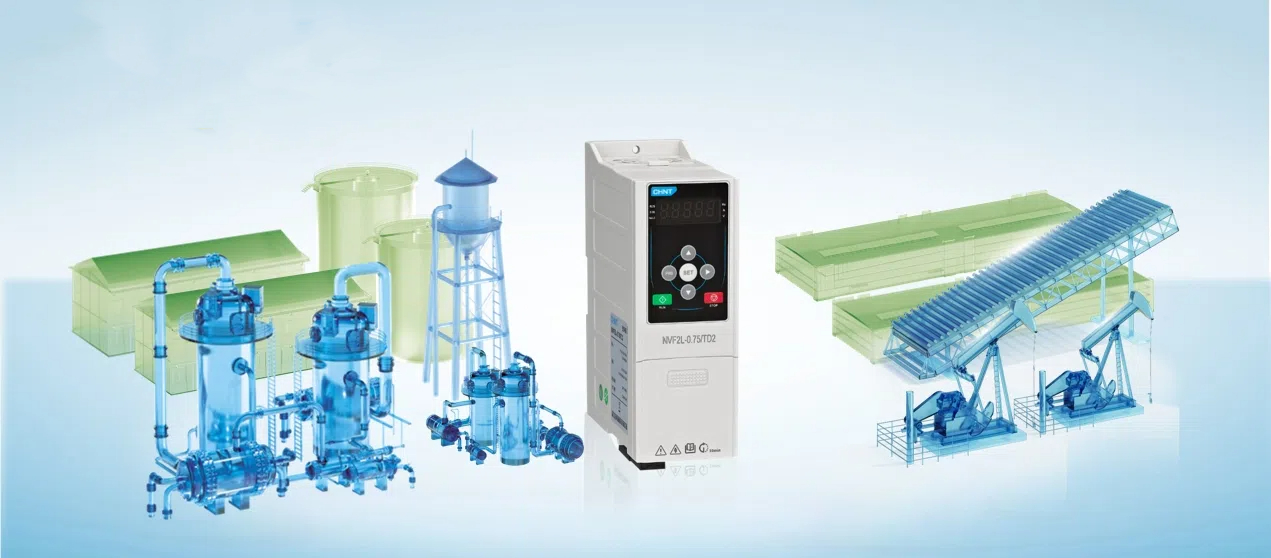Table of Contents |
A soft starter or motor soft starter is a control device for electric motors that allows starting and stopping in a smooth and controlled manner.
Unlike full voltage starters, soft starters manage the voltage and supply it gradually, protecting the motor while optimizing time and resources by reducing maintenance due to wear.
Learn about their working principles and how they can help you improve the features of your machines.
Motor Starter Methods
Before learning how soft starters work, it is important to understand the three basic types of technologies used in these devices, or in other words, the three basic methods of starting a motor.
Direct-on-line (DOL)
These devices transmit full load current to the motor as soon as the ignition command is given. They are usually used in basic motors.
Soft starters
These starters apply voltage, current and torque smoothly and gradually to provide greater control at starting and stopping, thus giving the motor advanced mechanical and electrical features.
Variable frequency drivers (VFDs)
Also known as autotransformer starters, these devices automatically convert AC line voltage to DC voltage and vice versa to control a motor’s starting, running time, and stopping phases.
How Does a Soft Starter Work?
3-phase induction motors need a fairly high current load to start (between 3 and 15 times the nominal current), something that can end up damaging the motor and other components in the long term.
Basically, soft starters allow the voltage to be controlled more effectively by supplying the current gradually until it reaches the nominal current required by the motor to run at its maximum speed.
The key to achieving this is the use of certain components that allow the current flow to be controlled gradually in the different phases, usually a series of silicon controlled rectifiers (SCR), or thyristors.
These SCRs function as “gates” that open (ON) and close (OFF) as the motor speeds up. This allows the voltage supplied to the motor to be controlled with great efficiency.
How do soft starters guarantee voltage control?
First of all, a motor soft starter is basically made up of two components:
Power circuit
Through this circuit circulates the current that is supplied to the motor. This consists of a series of thyristors and some protections and current transformers.
Control circuit
This is the circuit in charge of controlling, monitoring and protecting the components of the power supply circuit, in addition to the user interface circuits that can be configured according to each application.
When a gate pulse (firing pulse) is applied to a set of thyristors, they open (ON) and allow current to flow to energize the motor in the corresponding phase. The angle of each pulse is what determines how much current can pass and for how long.
This ability of the thyristors to control the variation of the firing angle makes it possible to generate an effective voltage at the output that increases gradually and continuously until it reaches the nominal voltage of the network.
Both the angle of the firing pulse and the duration of the current flow are controlled by the user through the control circuitry by setting certain parameters to limit current flow. In this way is how soft starters:
- Control the operability of motors, especially the starting and stopping phases
- Protect motors and controllers from high voltages and excessive heat
Soft Starter Applications
There are many types of motors that can greatly benefit from the use of soft starters, some more than others.
However, the need to install a starter on a motor will depend on the characteristics of such a motor and its susceptibility to damage by receiving current and heat in excessive amounts during the starting phase.
Here are some of the most common applications.
Fans
Fans are often kept operational for long periods of time, but can also greatly benefit from a smooth, progressive starting phase to help extend their lifespan. This is especially important when the correct operation of a fan is key to preserving food or delicate pieces.
Water/liquid pumps
These types of pumps are often damaged due to the strong pressure that builds up in the pipes during starting and stopping. Soft starters can significantly reduce the risk of damage by allowing a controlled increase in pressure.
Belts
A sudden, rough start can put undue stress on conveyor or transmission belts and cause them to break or slip out of their guides. A smooth start can ensure that the straps stay in place and last longer, as well as protect the items being carried and other pieces.
Electric rotors
Motors such as those used by electric helicopters need soft starters to reduce the great danger of sudden starting or stopping of their rotors.
CHINT Soft Starters
CHINT soft starters have advanced technology to provide high-precision control over SCR modules and enable extremely soft starting and stopping phases on 3-phase AC induction motors.
These powerful soft starters also provide a series of additional protection features to ensure longer life in different machines in a wide variety of applications in different industries.
NJR2-D Series Soft-Starter
The NJR2-D series is designed for applications where torque requirements are not too high.
This 3-phase asynchronous motor starter finds applications for fan, pump, compressor, ball mill, and crusher motors, among others. This allows it to find applications in fields as diverse as metallurgy, petroleum, fire, mining, water supply, municipal, food, cement, petrochemical, etc.
The starter has additional protection features including:
- Overload
- Input phase failure
- Output phase failure
- Load short-circuit
- Starting limiting overtime
- Over-voltage
- Under-voltage
A lightweight device with a wide variety of applications, good load adaptability, and high reliability.
NJR2-ZX On-line Soft-Starter
The NJR2-ZX series belongs to the category of reduced voltage starters, ideal for applications where a lot of torque is not required.
The starter allows precise control over the starting and stopping phases in 3-phase AC induction motors (squirrel cage type), but without requiring the use of a bypass contactor.
The device offers protection functions such as:
- Overload
- Input phase failure
- Output phase failure
- Load short-circuit
- Starting limiting overtime
- Over-voltage
- Under-voltage
Like the previous model, this starter finds ample use in electrically driven equipment in a wide variety of industries and is a new step in improving similar traditional devices.
Wrapping Up
Soft starters are control and protection devices that can significantly reduce the chances of malfunctioning of motors and various machinery by protecting them from sudden voltage surges and overheating, thus helping to significantly increase the lifespan of these devices.
CHINT soft starters have been designed for flexibility and scalability, as well as offering additional built-in features and functions that will allow you to reduce your energy and maintenance costs. Find out the high-quality products that CHINT can offer you here.




